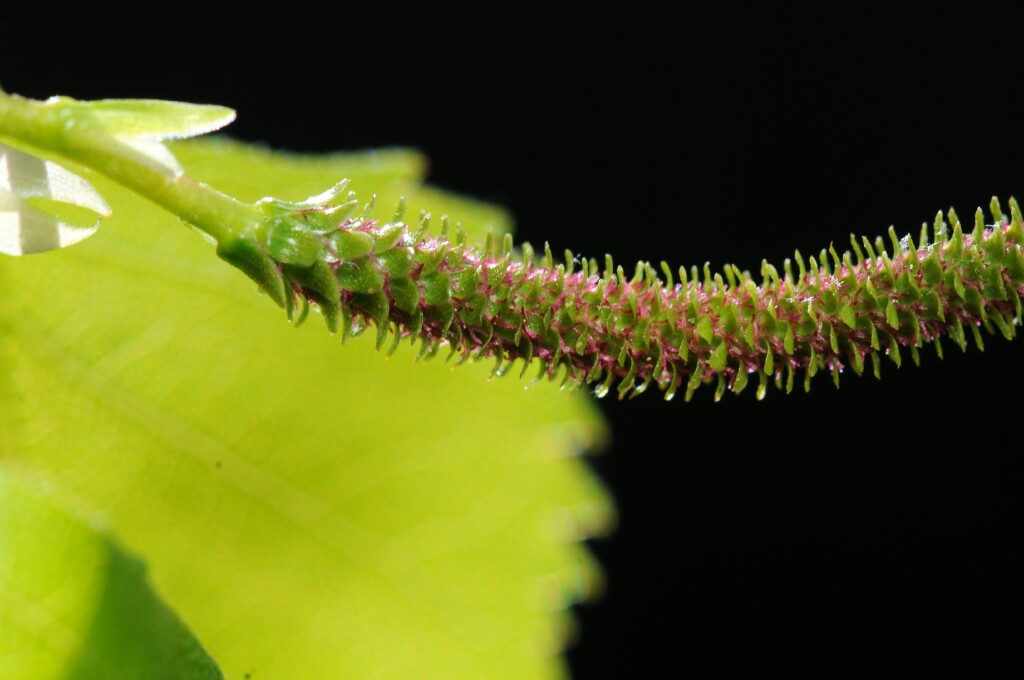Betula pendula
Roth Silver BirchTree to c. 20 m high, sometimes multistemmed; bark silvery white, sheading in sheets, not shedding freely. Branches slender, usually pendulous, glabrous, sometimes glandular. Leaves deltoid to ovate, 3–7.5 cm long, 1.5–6 cm wide, upper surface glabrous, shiny green, lower surface densely glandular; margins irregularly serrate; apex acuminate; base cuneate to truncate or cordate; lateral veins 4–8. Female catkin oblong or oblong-cylindric, 1–3 cm long, 8–10 mm wide, pendulous; bracts 4–6 mm long, densely pubescent, 3-lobed, lateral lobes recurved, longer than or equal to central lobe. Fruit ± elliptic, c. 2 mm long, wings longer and wider than nutlet.
VVP, GipP, CVU, HSF, HNF, VAlp. Also naturalised SA, ACT, Tas. Native to north-west China, Kazakhstan, Mongolia and Russia.
Commonly cultivated, spreading from near-by plantings at Falls Creek in Victoria.
The name Betula alba L. has widely been misapplied to this species and Betula pubescens Ehrh. See note under Betula aff. pubescens (Mt Macedon).
 Spinning
Spinning

